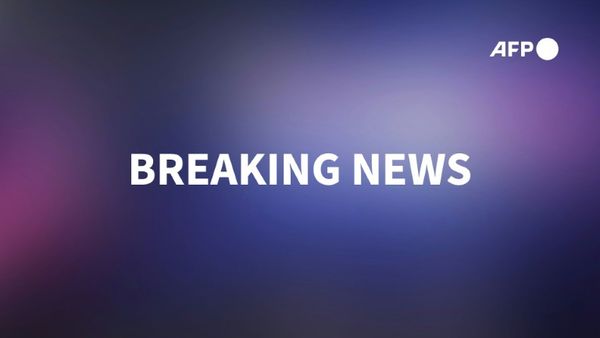
Nowadays, the process is a lot more rigorous and pretty regimented in its details when it comes to allowing exclusive access to the F1 club.
It is a necessary formality, though, because F1 needs to know that all its entrants have the necessary backing and skill to do a good job.
The last thing the FIA and Formula One Management (FOM) want is for teams to turn up for one or two years, struggle at the back and then collapse and disappear. It is all about long-term growth.
This week's formal opening of the process to invite teams to potentially join F1 from either the 2025, 2026 or 2027 seasons has laid down how the evaluation process will go to determine if anyone is deemed suitable enough.
Email application (with a $20,000 fee)
The first step is for potential new teams to email the FIA with a preliminary expression of interest about their desire to join F1.
This must include six different elements:
- A cover letter introducing the candidate
- The candidate's full contact details, including the name of its primary contact person, telephone number, email address, and postal address
- Company details, including address, articles of association and infrastructure details
- The identity of all shareholders and the ultimate beneficial owner of all shares
- A curriculum vitae for each director and officer of the candidate entity
- Information on the candidate's relevant experience and capabilities in the automobile and/or motorsport sector, including technical experience, racing experience, facilities, equipment, and engineering resources
Teams also have to sign a Non-Disclosure Agreement related to the ongoing discussions with the FIA, and submit a non-refundable administration fee of $20,000 (USD).

Formal process
Within 48 hours of the submission of an expression of interest, or 17 February (whichever is the latest), the FIA will inform any candidates that it thinks could be suitable that they will move on to a more formal evaluation process.
This will require an application fee from teams of $300,000 (although the initial $20,000 initial figure can be taken off), to cover FIA expenses in completing its due diligence.
While the final details about what will be evaluated in this second stage will be laid out at the time, the FIA expects it to cover several key criteria.
These are:
1. The technical ability and resources of the team.
2. The ability of the team to raise and maintain sufficient funding to meet its financial obligations and be competitive.
3. The ability of the team to meet and comply with its obligations under the F1 Sporting, Technical, and Financial Regulations.
4. A detailed business plan (including financial projections) for the first five years of the project.
5. The team's experience and capabilities in the automobile and/or motorsport sector (including technical experience, racing experience, facilities, equipment, and engineering resources) and relevant staff headcount/ experience.
6. Whether the team and all individuals proposing to participate in the ownership, control, or management of the team are fit and proper persons.
7. Considerations of sustainability, EDI (Equality, Diversity, and Inclusion), and societal benefit.
8. The FIA's assessment of the value that the candidate may bring to the championship, including consideration of its reputation and integrity.
It is also possible that F1's Commercial Rights Holder will impose its own additional criteria which will need addressing.

Timeline
The FIA expects that the deadline for teams to submit the above details will be 30 April.
Then the governing body and FOM will complete their due diligence on the matter, with a final decision on any applications made by 30 June.
The FIA is clear that, even if teams get selected for the second stage, there is still no guarantee that they will get a place on the grid.
In a note outlining the details of the process, it said: "For the avoidance of doubt, no new applicant has an automatic right of entry to the championship and the maximum number of teams competing in the championship up to and including the 2025 season is capped at 12.
"Existing F1 teams will be given priority over new applicants. In the event that no applicant is considered suitable by the FIA and/or by the F1 Commercial Rights Holder, no new F1 team(s) will be selected."







